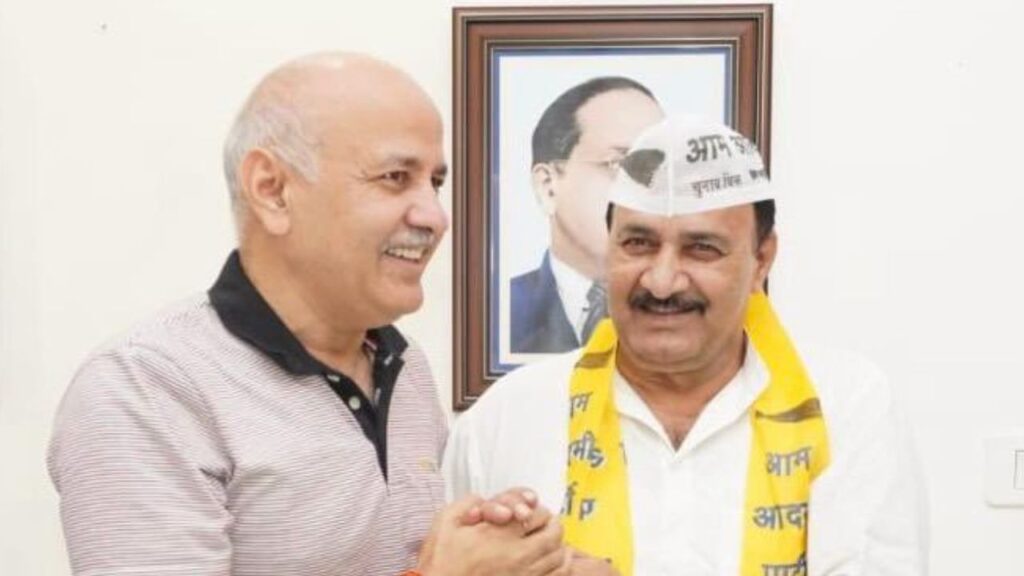The recent political developments in Delhi have stirred significant interest, particularly concerning the swift return of an Aam Aadmi Party (AAP) councillor after a brief stint with the Bharatiya Janata Party (BJP). This incident not only highlights the ongoing political dynamics in the region but also raises questions about party loyalty and the motivations behind such rapid shifts.
Quick Turnaround: AAP Councillor’s Political U-Turn
In a surprising move, Ramchandra, an AAP councillor, recently rejoined the Aam Aadmi Party just four days after aligning with BJP along with several other councillors. His departure from AAP to BJP initially seemed significant, but his swift return suggests underlying challenges each party faces in maintaining allegiance among members.
Background on Ramchandra’s Political Journey
Before his recent affiliations, Ramchandra served as the MLA from Bawana constituency and has been a prominent figure within AAP. His interaction with the media upon returning to AAP indicated a deep sense of regret over his decision to join the BJP. He expressed gratitude towards his party members for their support and vowed, “I swear that I will not be misled by anyone in the future.” This indicates not only his commitment to AAP but also an acknowledgment of potential miscalculations in rapid political decisions.
Factors Influencing the Change
Discontent with BJP
Ramchandra’s abrupt disillusionment with the BJP raises eyebrows about the factors that led to such a rapid change of heart. Speculations suggest that his concerns about the lack of forthcoming assembly election tickets played a crucial role in his initial switch. Many believe that negotiations or promises made by AAP leaders, particularly Manish Sisodia, might have influenced his decision to retract his political move.
Political Strategy and Future Implications
This incident underscores a broader narrative within the political landscape of Delhi, where party loyalty is increasingly volatile. Political analysts suggest that Ramchandra’s return not only reinforces AAP’s standing among its members but also potentially strengthens its electoral strategy ahead of upcoming elections. His return could energize party grassroots efforts as they prepare to face competitive challenges.
Public Reaction and Party Dynamics
The public and political pundits alike are closely observing how this incident will impact both AAP and BJP’s campaigns. Ramchandra’s swift reversal may evoke concerns about the credibility of candidates across party lines, prompting voters to reassess their choices in light of such political manoeuvring. Meanwhile, AAP may leverage this event to highlight themes of loyalty and community service within its ranks, contrasting their approach with the perceived opportunism in rival parties.
Conclusion
Ramchandra’s quick return to AAP can be viewed as a significant marker of the evolving political scenario in Delhi. As parties gear up for approaching elections, this development opens up conversations about loyalty, political promises, and the intricate dynamics of party-switching in Indian politics. The implications of these movements are likely to resonate with voters and influence the strategies that AAP and BJP adopt moving forward.
